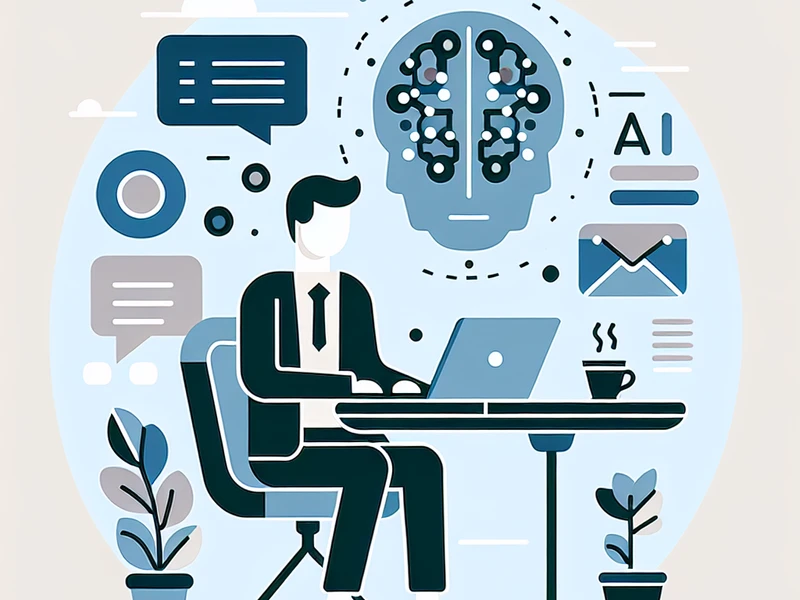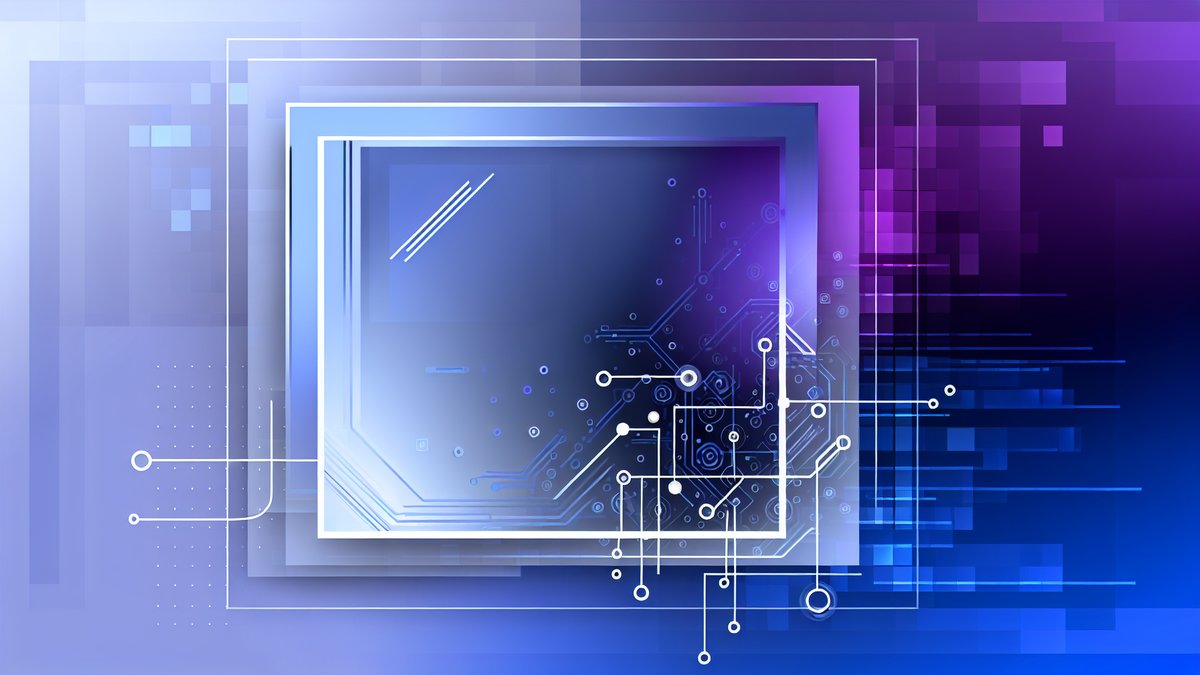AI for technical documentation: automatically generate README and changelog

AI for Technical Documentation: Automatically Generate README and Changelog
Introduction
One of the most common problems in software projects is outdated or missing documentation. Unupdated READMEs, handwritten changelogs with months of delays, and repositories lacking release notes create confusion for both internal teams and clients. Over time, this degrades the overall quality of the software and slows down the onboarding of new developers.
Here’s why today we talk about AI technical documentation, an integral part of sviluppo-AI: AI-based tools that support developers in the automatic creation and maintenance of files like README.md and CHANGELOG.md. In this article, we will see how to use an AI readme generator and an AI changelog generator to automate repetitive tasks, integrating these processes directly into DevOps workflows.
It seems that there is no text provided for translation. Please provide the text you would like to have translated to English, and I will be happy to assist you!
Why AI is Useful in Technical Documentation
Writing code and writing documentation are two very different skills. Many developers prefer to focus on software logic, leaving behind README files, manuals, and changelogs. This is where AI comes into play: with natural language processing, models like OpenAI GPT-4.1 or Claude Sonnet 4 can read a commit, analyze a code diff, and produce coherent and readable text.
The main advantages of AI technical documentation are:
- Automation: no more manual notes at the end of the sprint, documentation is generated in real time.
- Consistency: a uniform style across all README files and changelogs.
- Speed: drastic reduction in the time spent by developers on repetitive writing.
- DevOps Alignment: documentation becomes an integral part of the CI/CD pipeline.
For a comprehensive overview of other use cases, you can refer to our AI development guide.
It seems that the text you intended to provide for translation is missing. Please provide the text you’d like translated, and I’ll be happy to assist you!
Automatically Generate README
An AI readme generator can analyze the structure of the repository and produce a README.md file complete with:
- Project description.
- System requirements.
- Installation instructions.
- Usage examples.
- License and references.
Practical Example with OpenAI API
from openai import OpenAI
import os
client = OpenAI(api_key=os.getenv("OPENAI_API_KEY"))
repo_summary = "Questo progetto implementa un microservizio in Python per la gestione di richieste API."
prompt = f"Genera un file README.md per il seguente progetto: {repo_summary}"
response = client.chat.completions.create(
model="gpt-4.1",
messages=[{"role": "user", "content": prompt}]
)
print(response.choices[0].message.content)This simple script acts as an ai readme generator, producing a ready-to-use file. The result can be saved directly in the repository.
Best practice
- Customize the prompt with context (dependencies, frameworks, languages).
- Integrate the script into Git hooks to generate updated README files when the project structure changes.
- Manually verify critical sections (license, configuration).
It seems that the text you wanted to translate is missing. Please provide the text you’d like translated, and I’ll be happy to assist you!
Generate automatic CHANGELOG
The changelog is essential for understanding how the software evolves. With an AI changelog generator, it is possible to analyze commit messages and create a CHANGELOG.md file organized by version.
Example with Python + Git hooks
import subprocess
from openai import OpenAI
import os
client = OpenAI(api_key=os.getenv("OPENAI_API_KEY"))
# Recupera gli ultimi commit
git_log = subprocess.check_output(["git", "log", "--oneline", "-n", "10"]).decode("utf-8")
prompt = f"Genera un changelog in formato Markdown dai seguenti commit:\n{git_log}"
response = client.chat.completions.create(
model="gpt-4.1",
messages=[{"role": "user", "content": prompt}]
)
with open("CHANGELOG.md", "a") as f:
f.write(response.choices[0].message.content)The script can be automatically invoked via a post-commit Git hook, updating the changelog with every change.
Best practice
- Use conventions in commit messages (e.g. Conventional Commits) to improve the quality of the changelog.
- Maintain a manual backup for critical versions.
- Integrate the changelog with automated release tools (GitHub Actions, GitLab CI/CD).
It seems that the text you want to translate is missing. Please provide the text you would like me to translate to English, and I’ll be happy to assist you!
Integration into the DevOps Flow
The AI technical documentation becomes even more powerful when integrated into a CI/CD flow. For example:
- Pipeline GitHub Actions that generates and validates the README on every pull request.
- Script in GitLab CI/CD that updates the changelog at the time of deployment.
- Workflow with Power Automate or Jenkins to notify via Teams/Slack the updated files.
In this way, documentation is no longer a manual task but part of the software lifecycle, reducing the risks of inconsistencies.
It seems that there is no text provided for translation. Please provide the text you would like me to translate to English, and I’ll be happy to assist you!
Benefits and Limitations of AI in Documentation
The benefits are significant: increased productivity, reduction of technical debt, and improved onboarding of new developers. However, there are also limitations:
- Variable quality: AI can generate texts that are too generic or imprecise.
- Human oversight required: a human reviewer is still necessary.
- Context dependency: without clear commits and well-structured repos, results decline.
The key is to consider AI as a documentation assistant, not as the sole author.
It seems that the text you intended to provide for translation is missing. Please provide the text you would like translated, and I’ll be happy to assist you!
Consulting and Services
As an IT consultant, I help companies implement automated code documentation pipelines with AI. Services include:
- Setup of AI readme generator and AI changelog generator on existing repositories.
- Integration with GitHub, GitLab, or Azure DevOps.
- Definition of policies for validation and review.
- Training of teams on best practices for commit and AI-assisted documentation.
For a comprehensive view on how AI is changing software, visit our pillar page dedicated to AI development.
It seems that the text you wanted to translate is missing. Please provide the text you’d like to have translated, and I’ll be happy to assist you!
Conclusion
The use of AI technical documentation represents a concrete step towards more efficient software governance. READMEs and changelogs are always up to date, integrated into DevOps workflows, and consistent with best practices.
👉 Want to automate technical documentation with AI and improve your software governance? Contact me for a personalized consultation.
It seems that the text you intended to provide for translation is missing. Please provide the text you would like me to translate, and I’ll be happy to assist you!
FAQ
What is AI technical documentation?
It is the use of artificial intelligence tools to automate the creation and maintenance of files such as README and changelog.
How does an AI readme generator work?
It analyzes repositories and provided prompts, automatically generating a README.md file with standard sections.
Is it safe to rely on AI for the changelog?
Yes, if integrated into controlled pipelines and with human review: it accelerates processes without compromising quality.


